New Jersey, typically quiet on the seismic front, has just experienced three earthquakes in less than 72 hours.
These were no ordinary tremors either, registering between 1.0 and 1.4 on the Richter scale, leaving residents both concerned and puzzled about what’s happening beneath their feet.
Echoes of a Larger Event
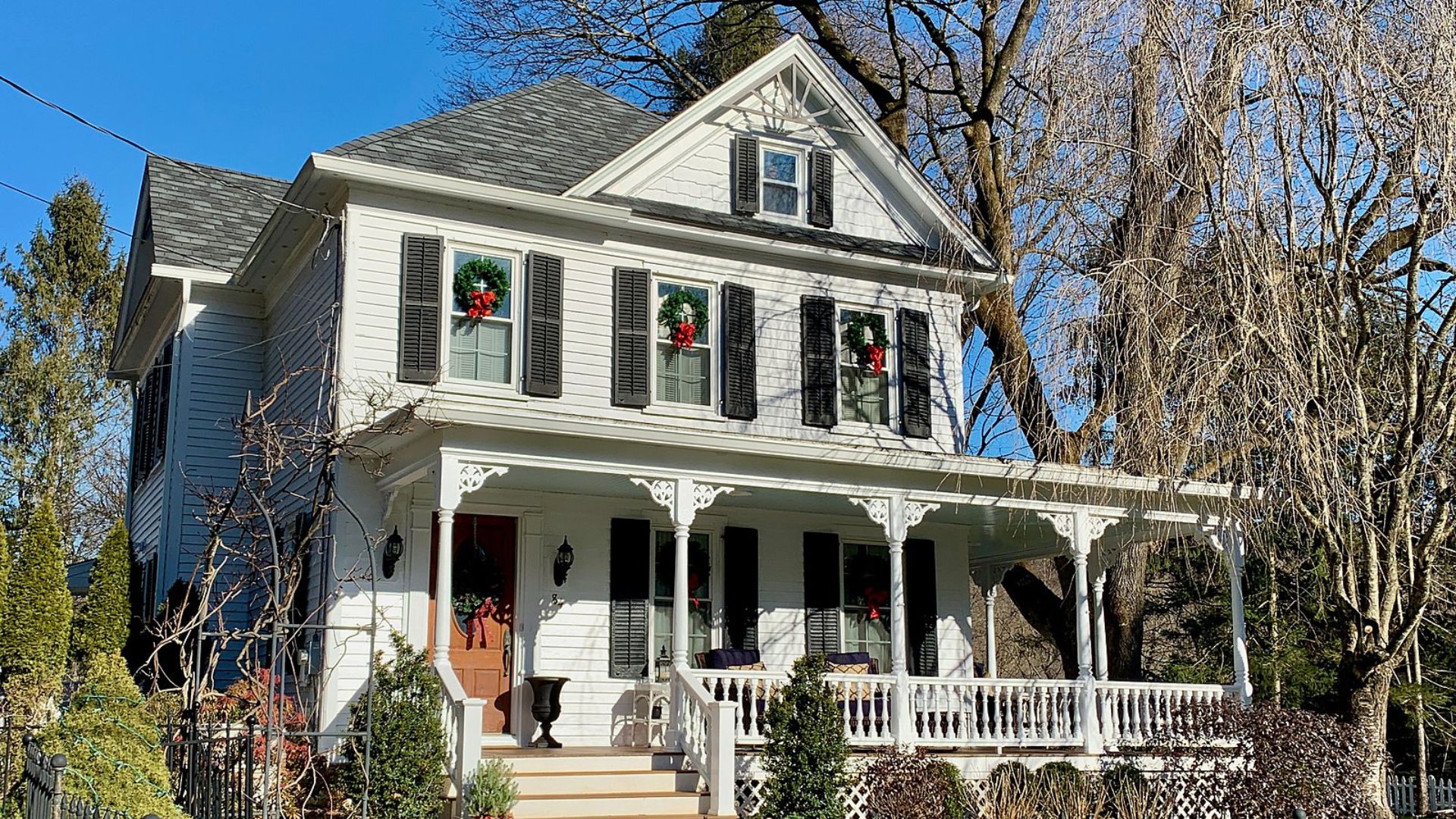
It turns out, these tremors weren’t random; they’re linked to a larger quake—a 4.8 magnitude shocker that struck Califon, New Jersey, on the morning of August 16.
This event was the most intense the East Coast has witnessed since 2011, according to the US Geological Survey.
Califon: The Unexpected Epicenter
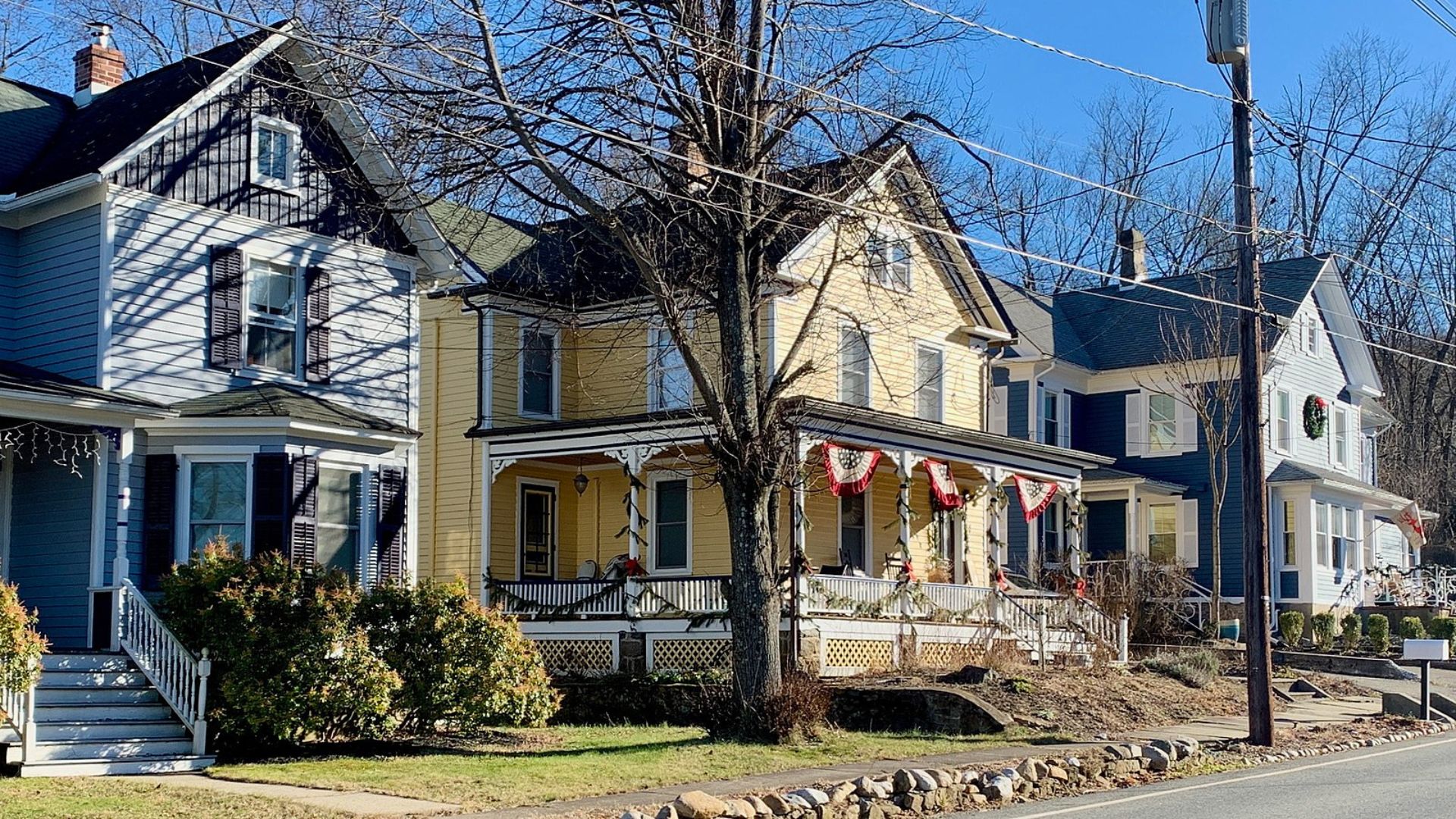
The quaint town of Califon found itself at the heart of this seismic activity.
This is where the largest quake since 1884 originated, triggering a series of aftershocks that have kept the area on edge.
A Monday of Shocks
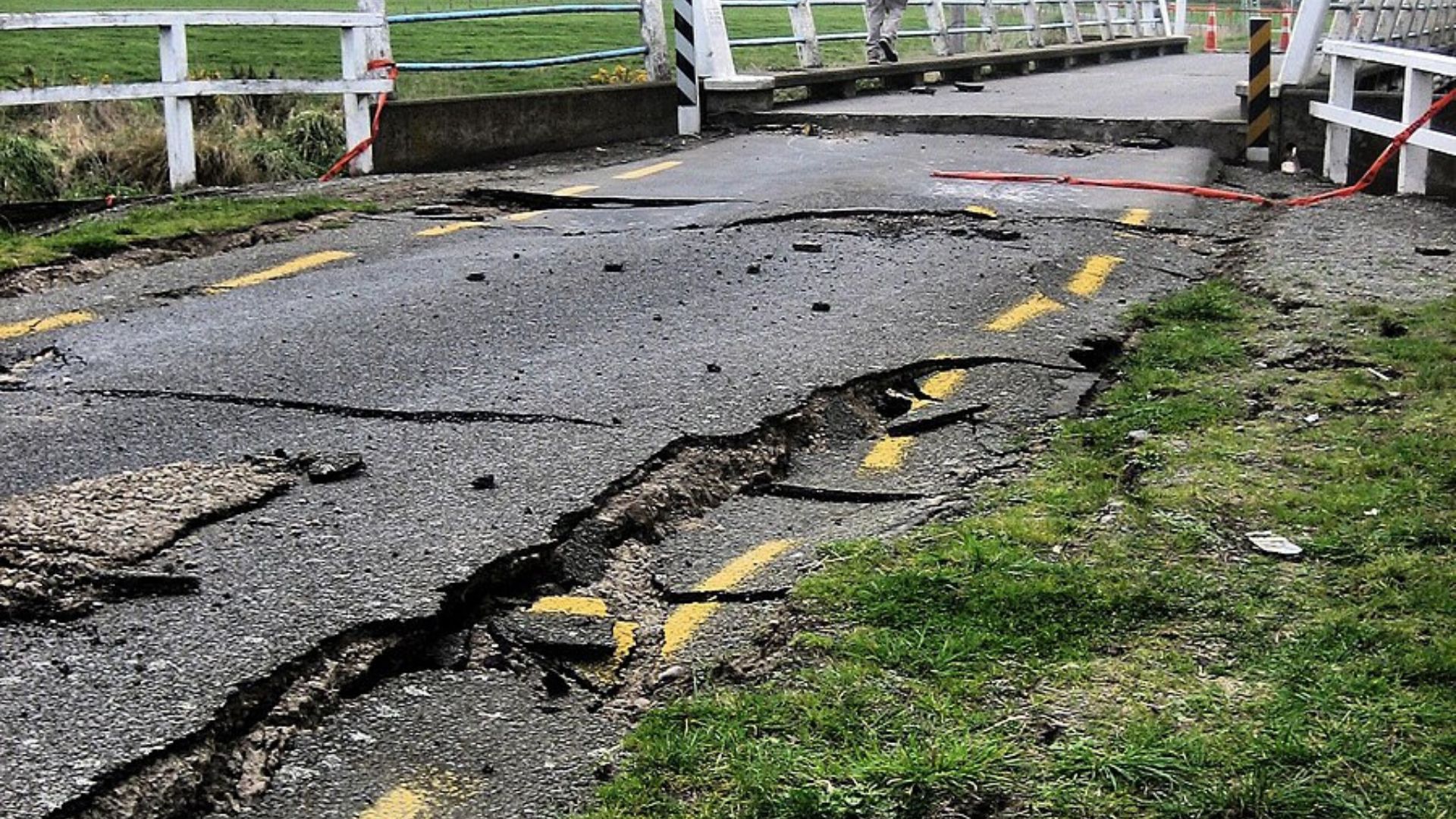
Gladstone, New Jersey, had a startling Monday evening with two earthquakes occurring just a minute apart.
The first, a stronger 1.4 magnitude, was quickly followed by a lighter 1.0 shake, making it a nerve-racking start to the week for locals.
A Wake-Up Call in Califon
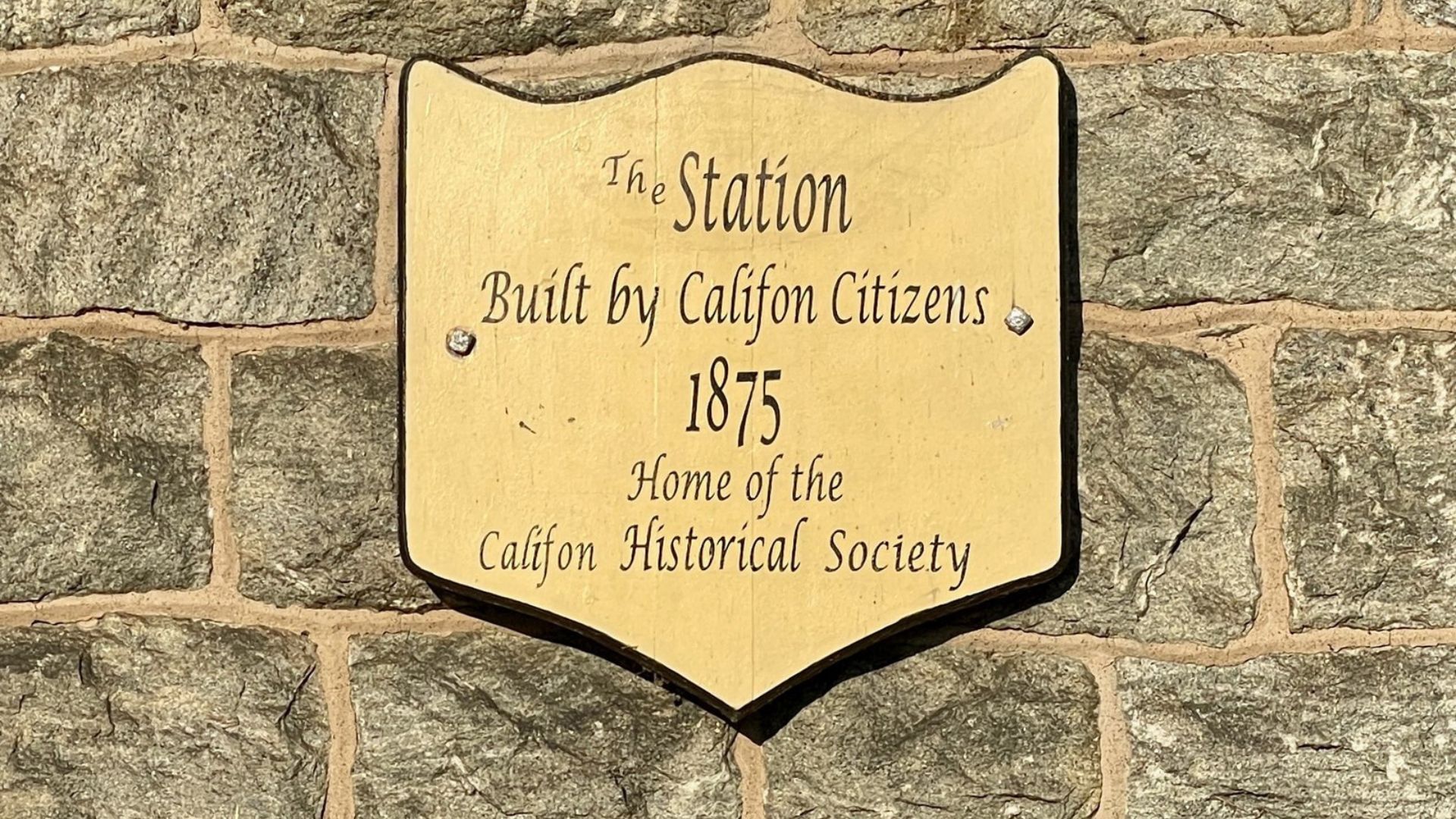
By Wednesday, the ground hadn’t settled yet. Califon was jolted by a 1.0 magnitude quake at the crack of dawn.
This marked the third significant tremor in this unusual series of events.
Three Tremors in One Day

Just a week after the three-day quake series, the East Coast saw three tremors in even quicker succession.
On August 20, three weak earthquakes hit portions of New Jersey and northern New York State within 16 minutes of each other.
Weak Aftershocks

Just like the earthquake in mid-August, the first of the three quakes struck in Califon, New Jersey.
This was the fourth weak earthquake that hit this area within a week. The next two struck near the border between the U.S. and Canada by Upstate New York. None of the magnitudes were beyond 1.8.
East Coast Quakes Harder to Predict
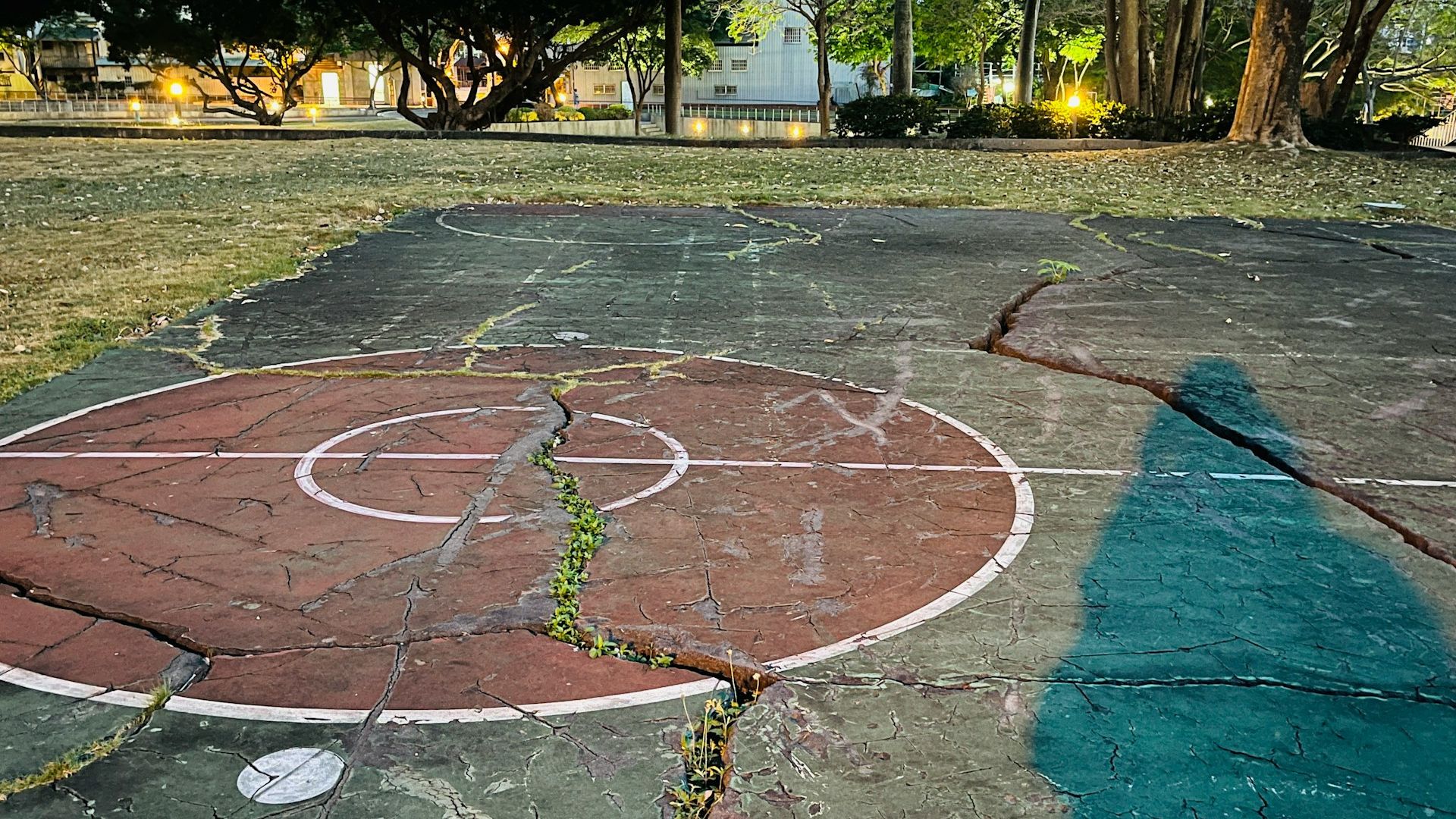
While the West Coast gets harsher blows from earthquakes, the East Coast is much harder to pin down.
East Coast quakes are harder to predict and tend to impact a broader area. This is because the East Coast’s colder, harder rocks spread the rattling of the earthquake more efficiently.
Feeling the Smaller Shakes
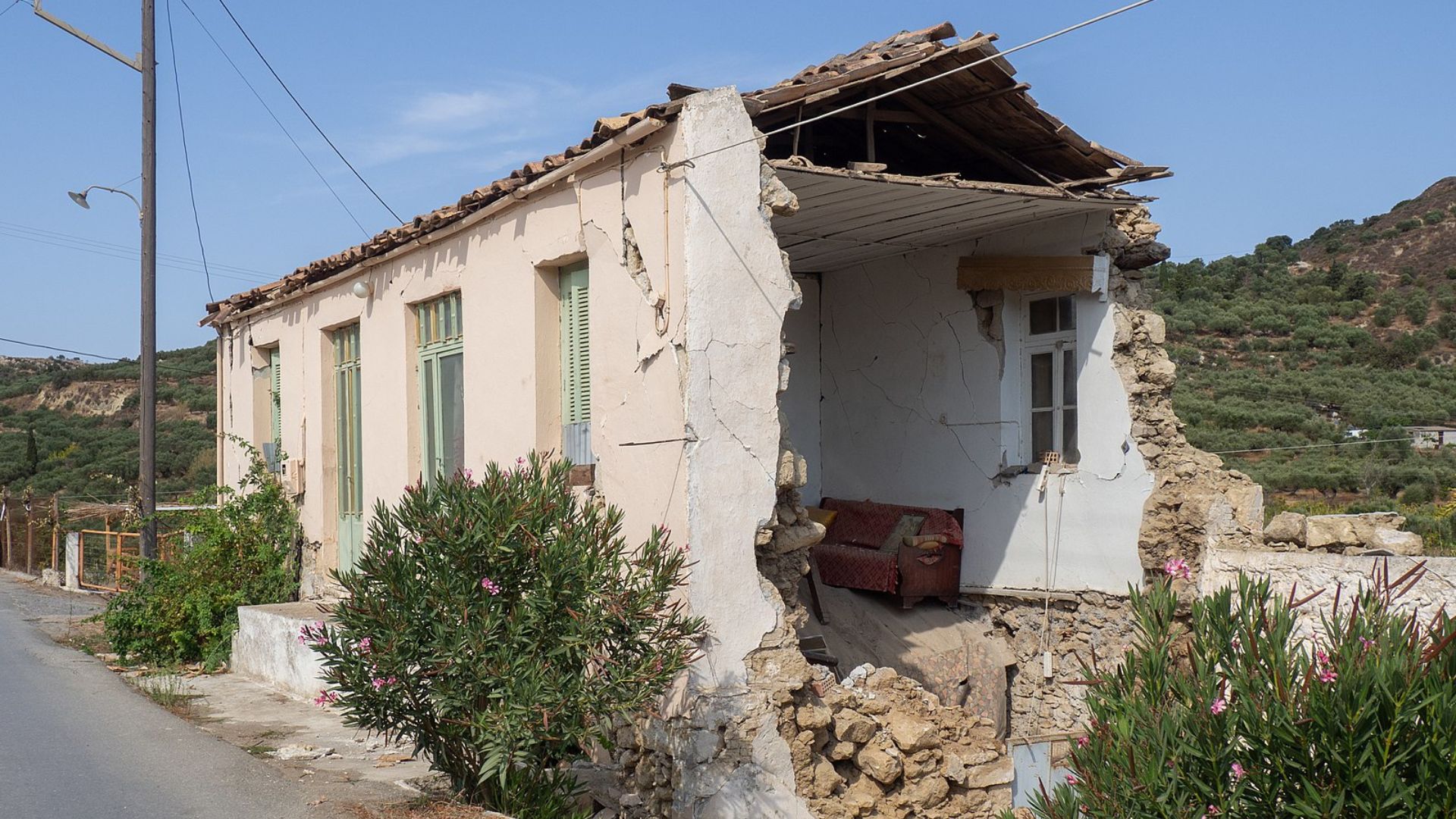
These recent shakes were felt more widely than expected. “People typically only feel earthquakes that have a magnitude 3.0 or higher,” notes the US Geological Survey.
However, the shallow depth of these quakes made them noticeable even though they were smaller.
Small Tremors Over Time
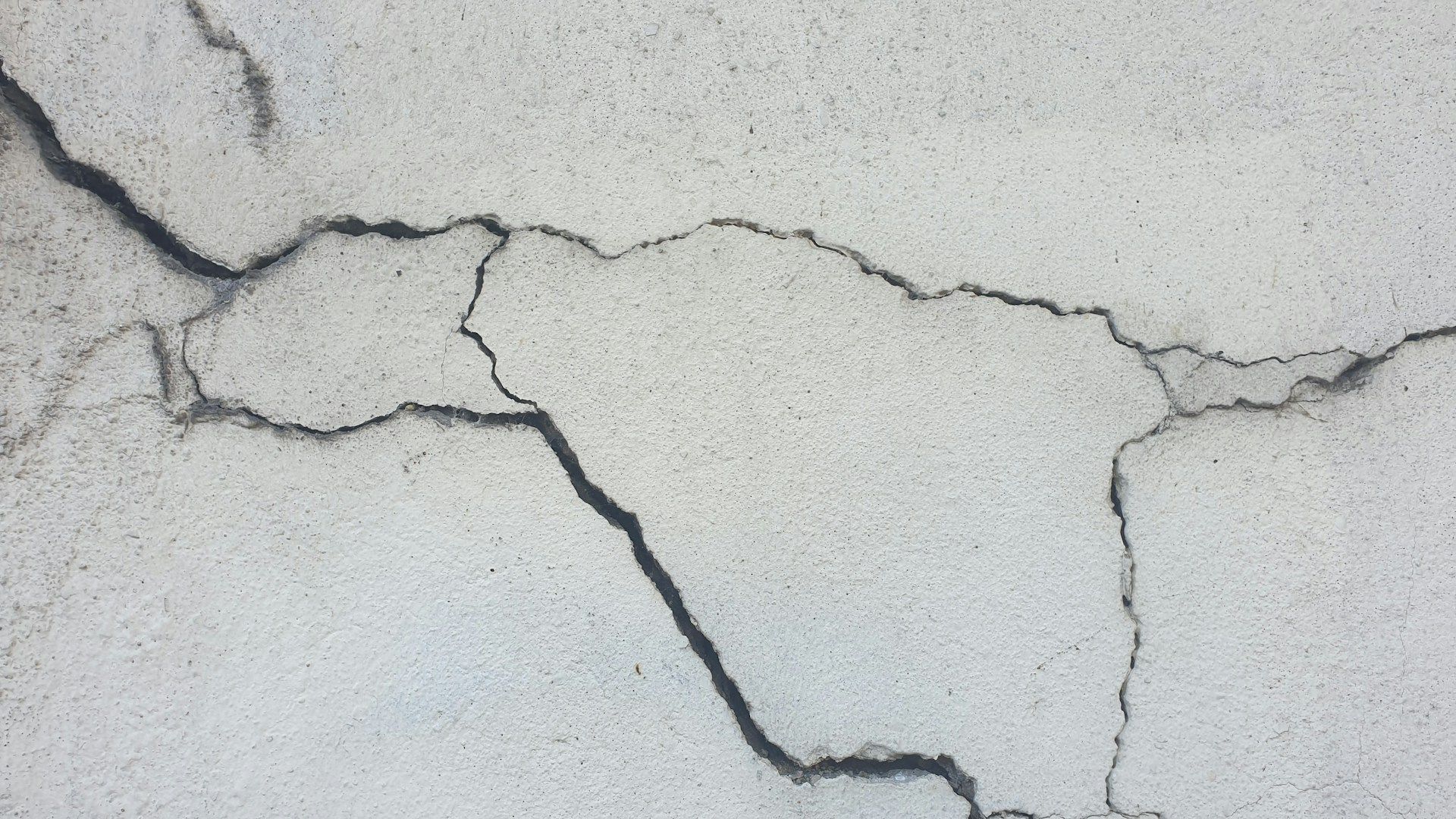
East Coast quakes are caused by a buildup of compression over time by hard, brittle rock underground.
Earth sciences professor Robert Thorson said: “It’s like having a big black of ice in a vise and you are just slowly cranking up the vise. Eventually, you’re going to get some crackling on it.”
Depth Matters
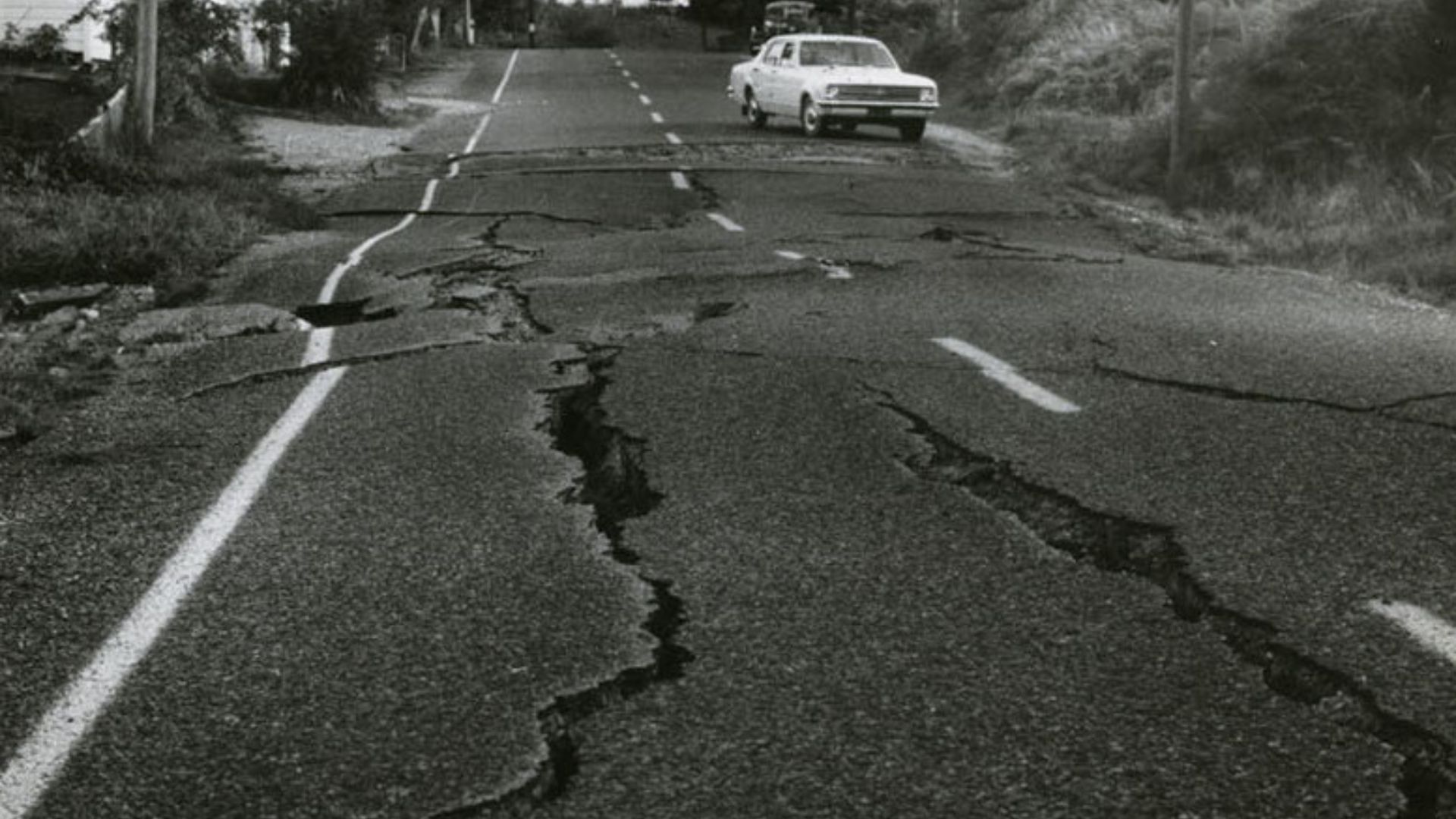
The most recent Califon quake was shallow, originating just 4.3 miles underground, which explains why it was felt so strongly.
In Gladstone, the depths varied—one quake started five miles down and another shockingly close, at less than a mile beneath the surface.
What Makes a Shallow Quake?
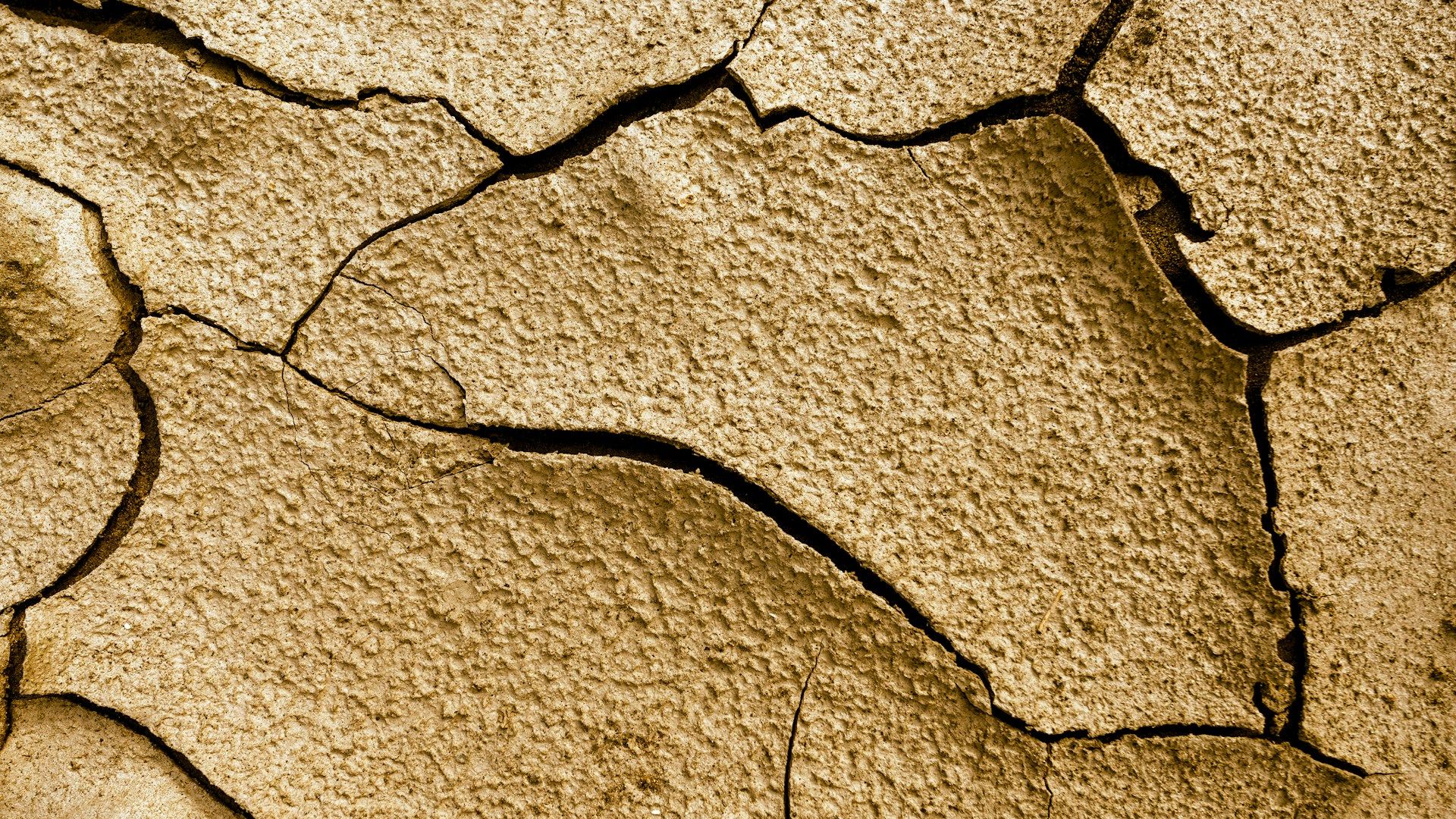
At their deepest, earthquakes can begin up to 400 miles underground.
It is no surprise people in Califon felt these tremors. Earthquakes that reach 43 miles or less below the ground’s surface are considered shallow.
No Damage Done
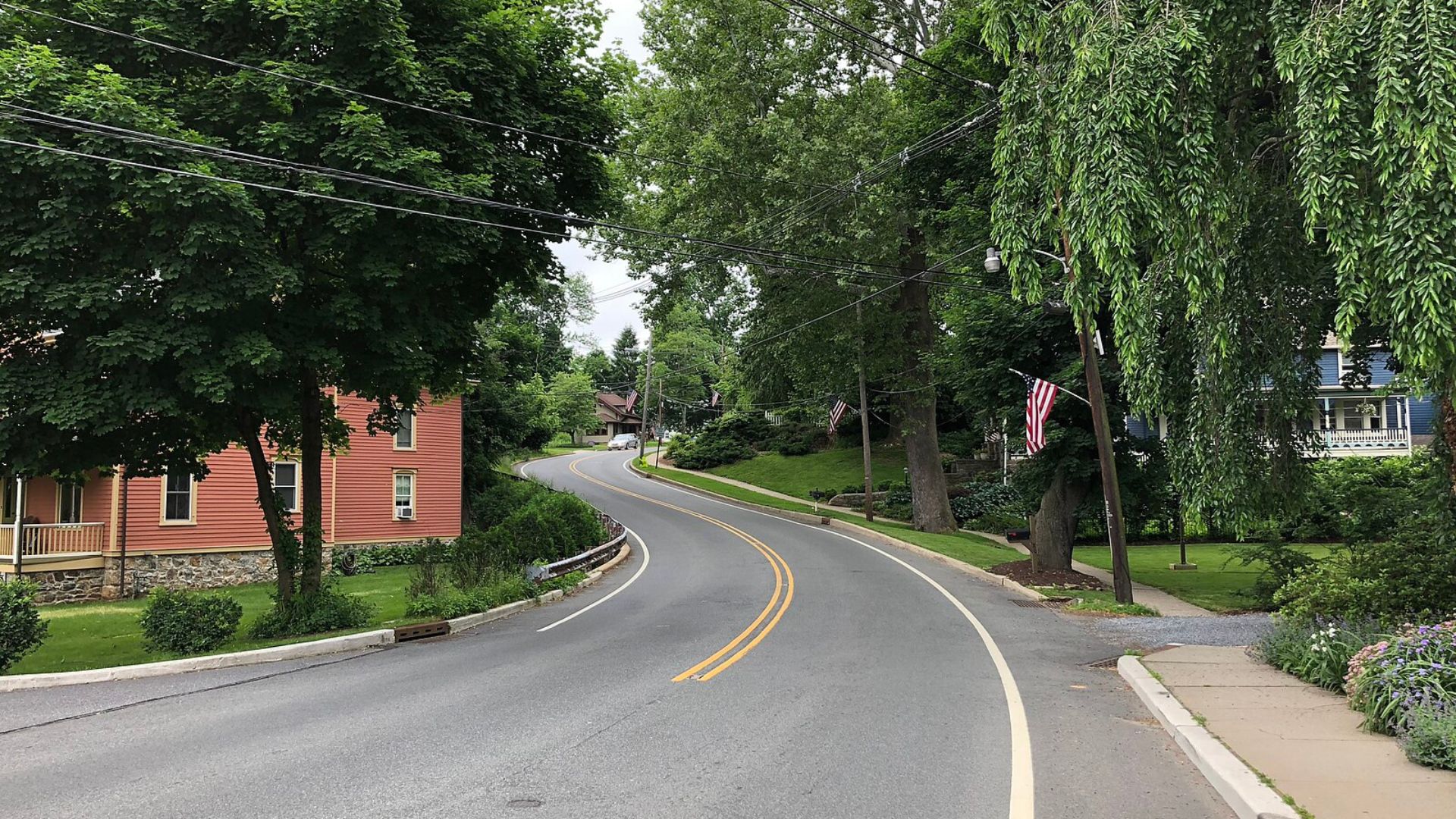
Luckily, these unexpected quakes haven’t led to any reported damage or injuries.
The community remains alert but relieved, as local authorities continue to monitor the situation.
More Tremors on the Horizon?
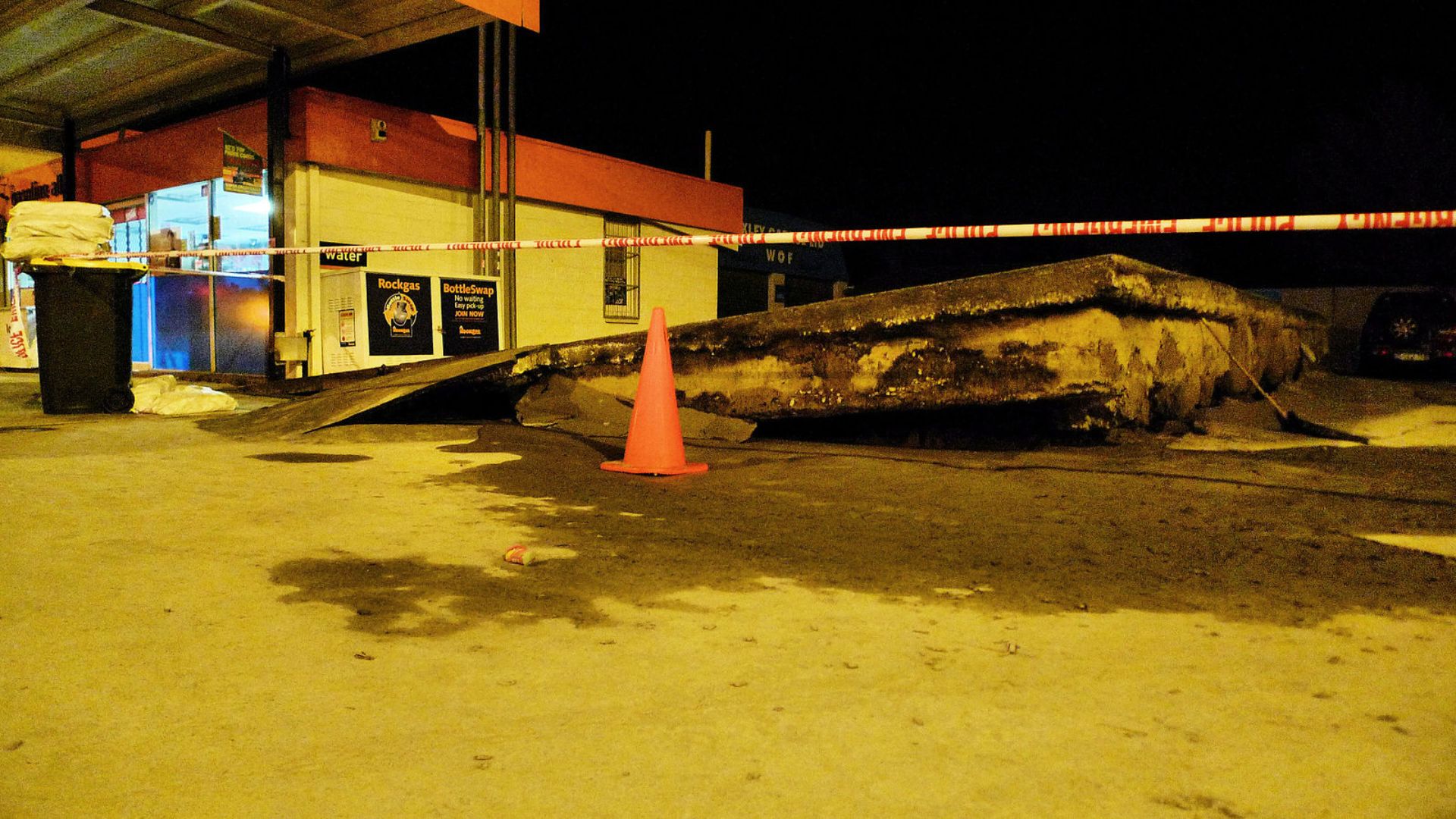
Post-main quake, the US Geological Survey estimated a 50% chance of more aftershocks, potentially reaching or surpassing a magnitude of 3.0 within days.
It’s a tense waiting game for everyone involved.
The Long Haul of Aftershocks
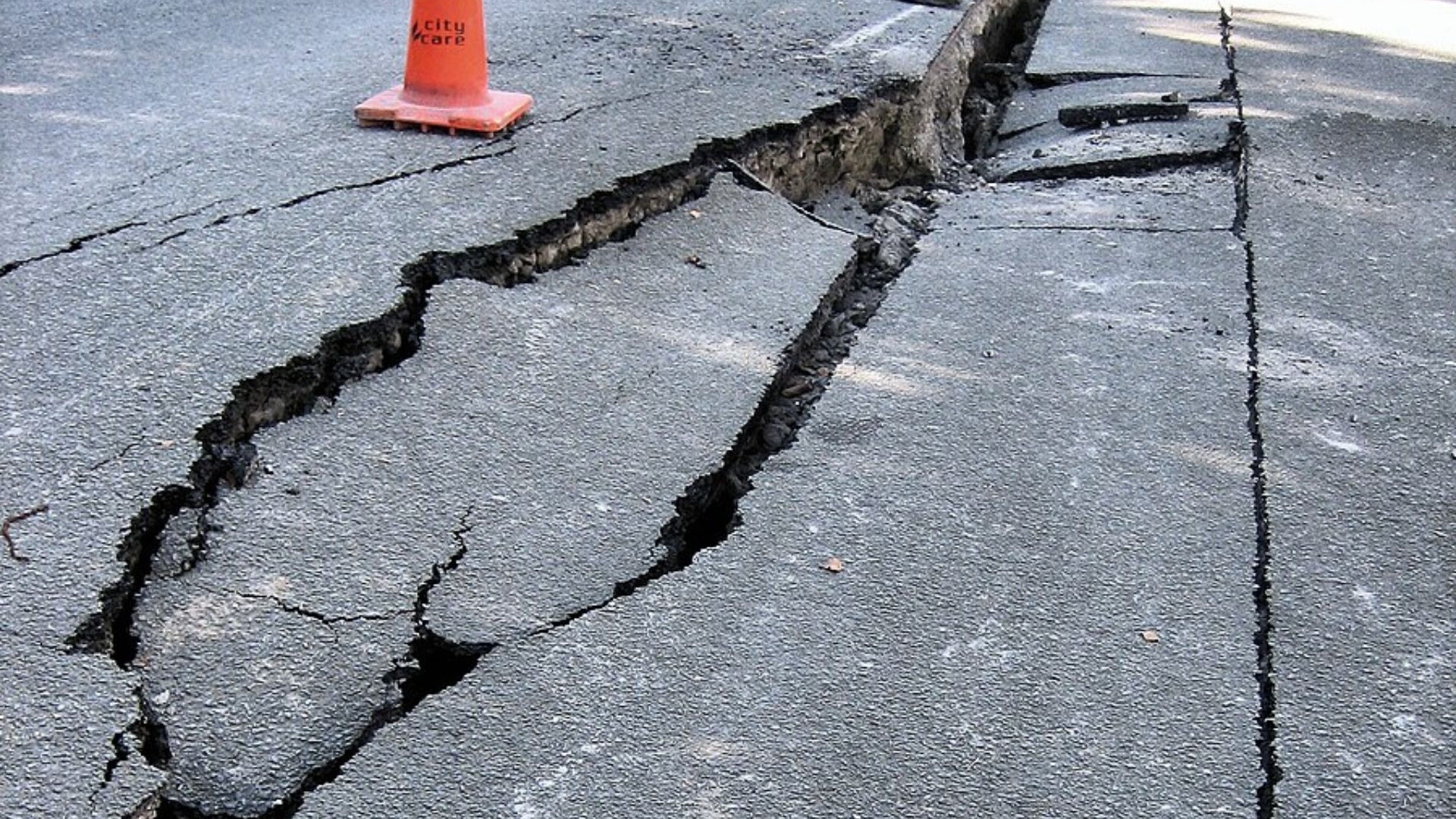
Aftershocks can linger for years, especially those near the epicenter of the original quake.
New Jersey’s recent seismic activity could be just the beginning of a longer period of adjustment underground.
An Active Year for New Jersey
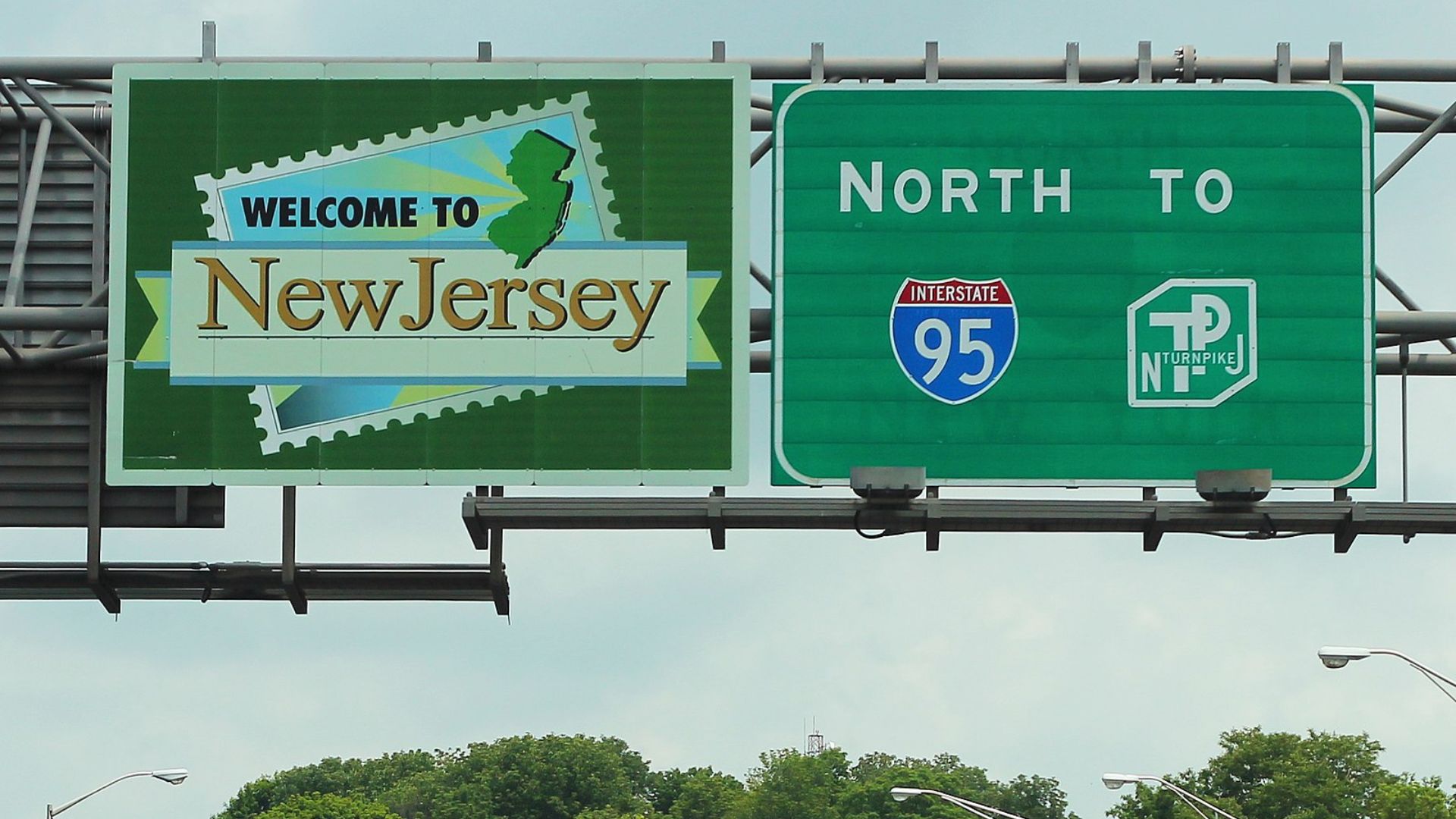
This year has been unusually active, seismically speaking, for New Jersey.
Even before this latest flurry, the state recorded seven earthquakes with magnitudes of at least 1.2 from May to early June. It seems the ground under New Jersey is more restless than anyone expected.
Making the Most of the Aftershocks

While this year has seen more tremors than usual for East Coast Americans, some have tried to capitalize off the quakes.
In April, New Yorkers were selling merchandise about surviving a 4.8-magnitude quake. One person called it one of the “quickest merch turnarounds in history.”
Viral Videos

Videos of the earthquakes in the tri-state area have made the rounds on social media.
In April, one video went viral of a New Jersey barber carrying a child to safety mid-cut when the tremors started.
East Coast Quakes: Still a Rarity
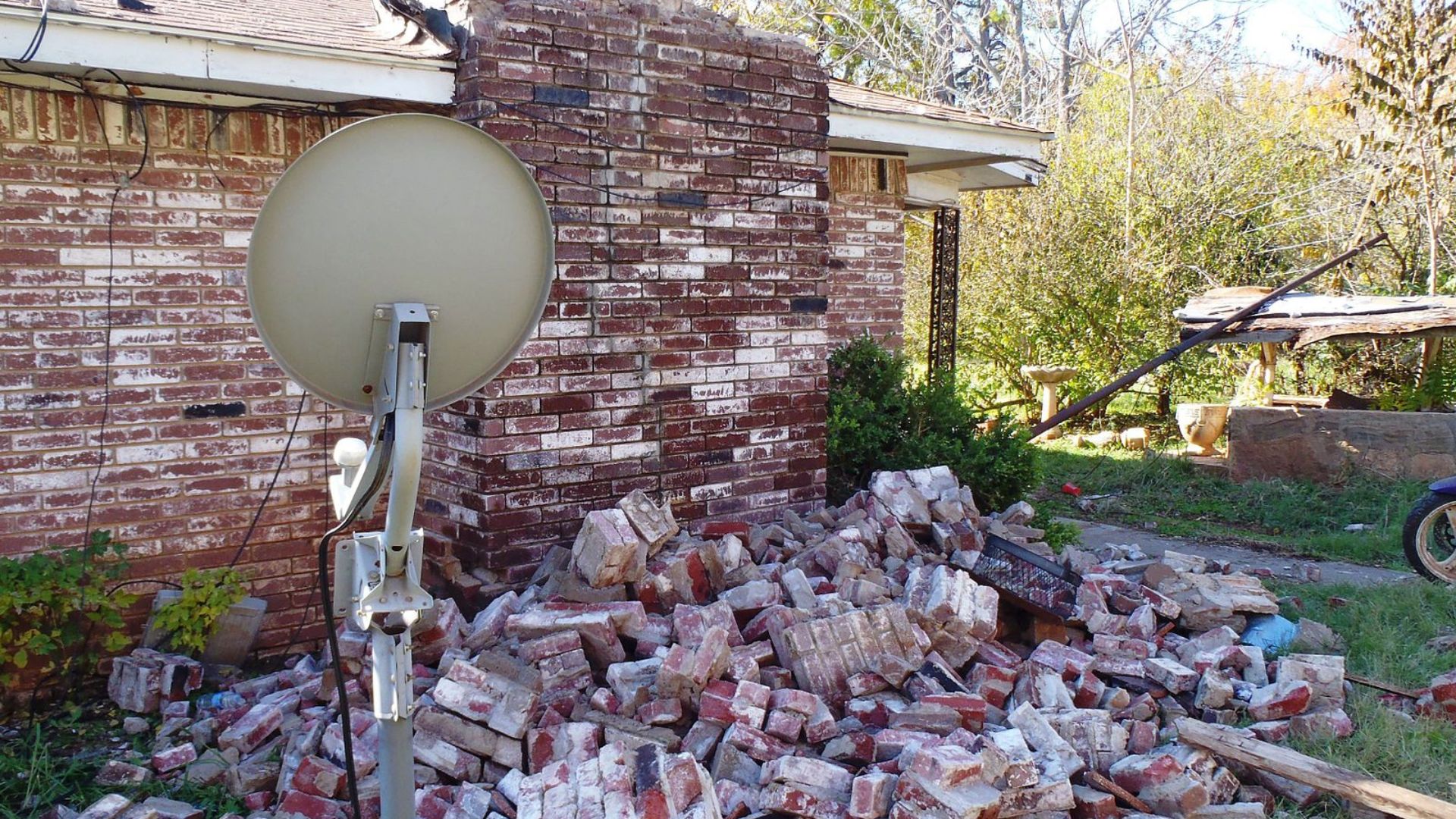
Despite the recent flurry, significant earthquakes remain rare on the East Coast.
The US Geological Survey has documented only about 20 quakes with magnitudes of 4.5 or higher since 1950, a stark contrast to the more frequent seismic activity on the West Coast.
The Last Major Quake
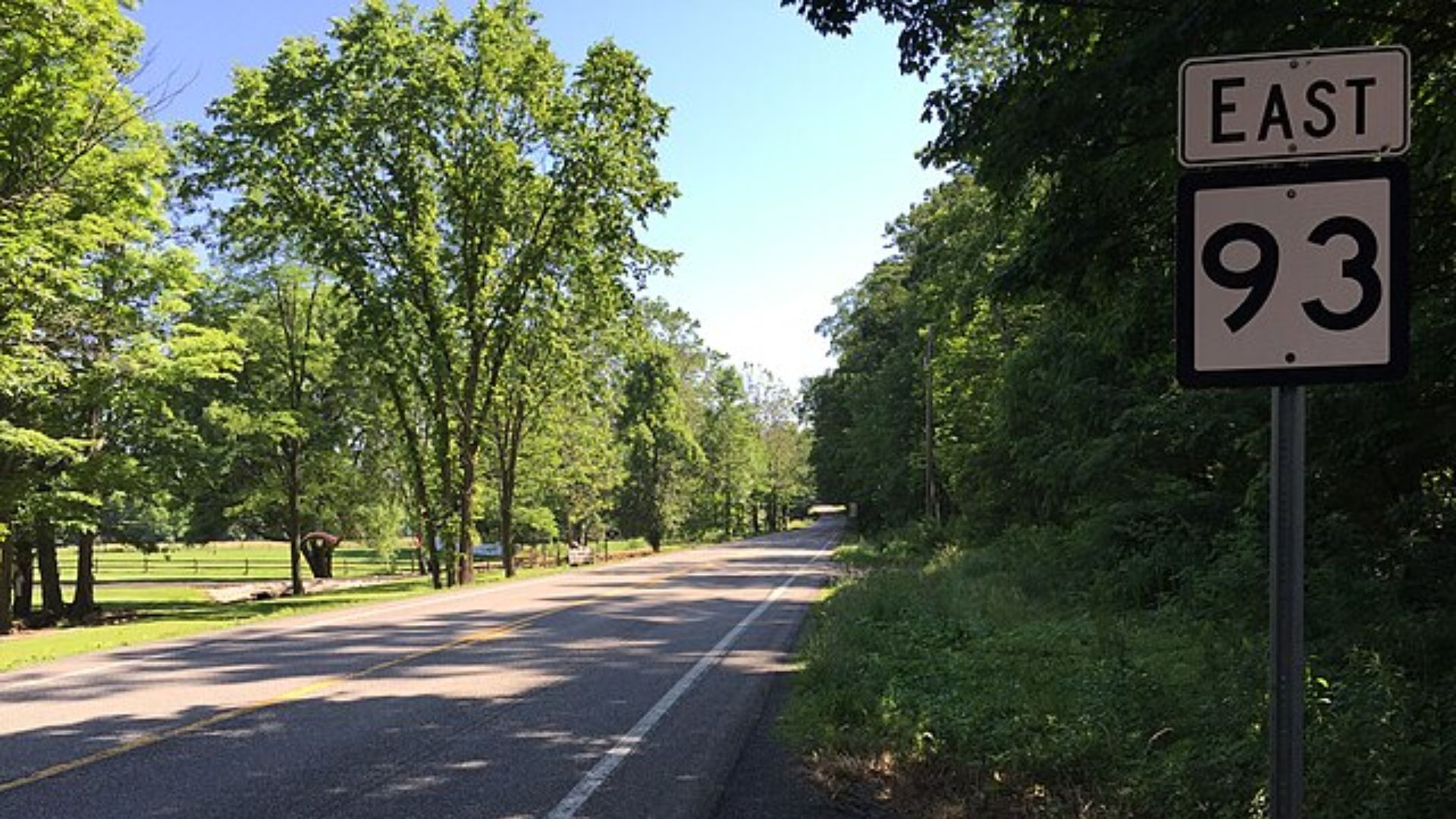
The last big earthquake the East Coast saw was in 2011, at a magnitude of 5.8.
The quake was centered near Mineral, Virginia. The earthquake shook residents from Georgia to Maine. Even parts of southeastern Canada were affected.
Millions in Damages

The 2011 Virginia earthquake cost $200 to $300 million in property damages.
Among those damages were the Washington Monument in Washington D.C. and the U.S. Treasury building.
A Relatively Stable Coast
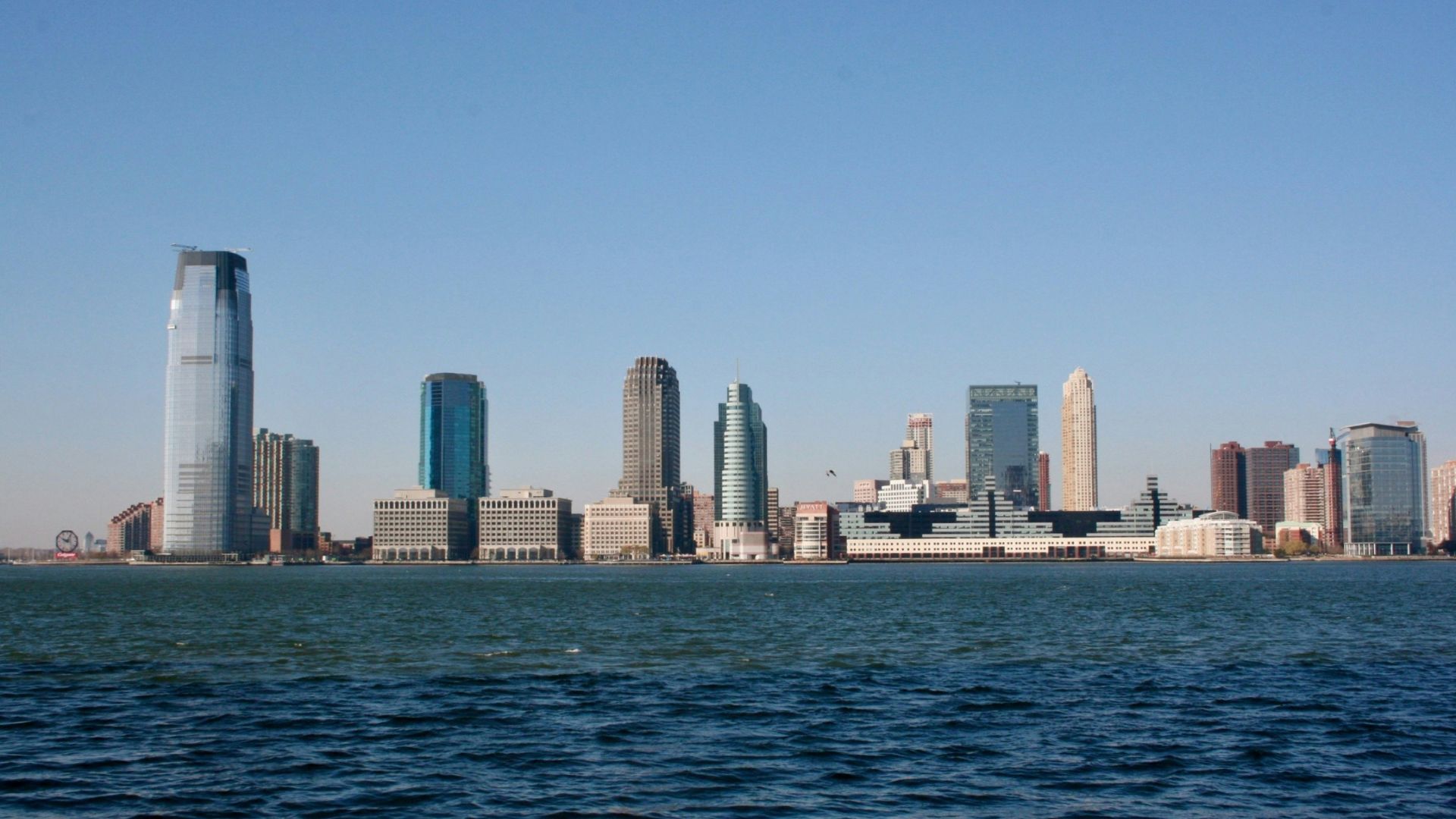
The East Coast is not known for its earthquakes in comparison to the West Coast.
The West Coast has seen over 1,000 major earthquakes in the same timeframe that the East Coast has only seen 20.
Staying Safe During a Quake
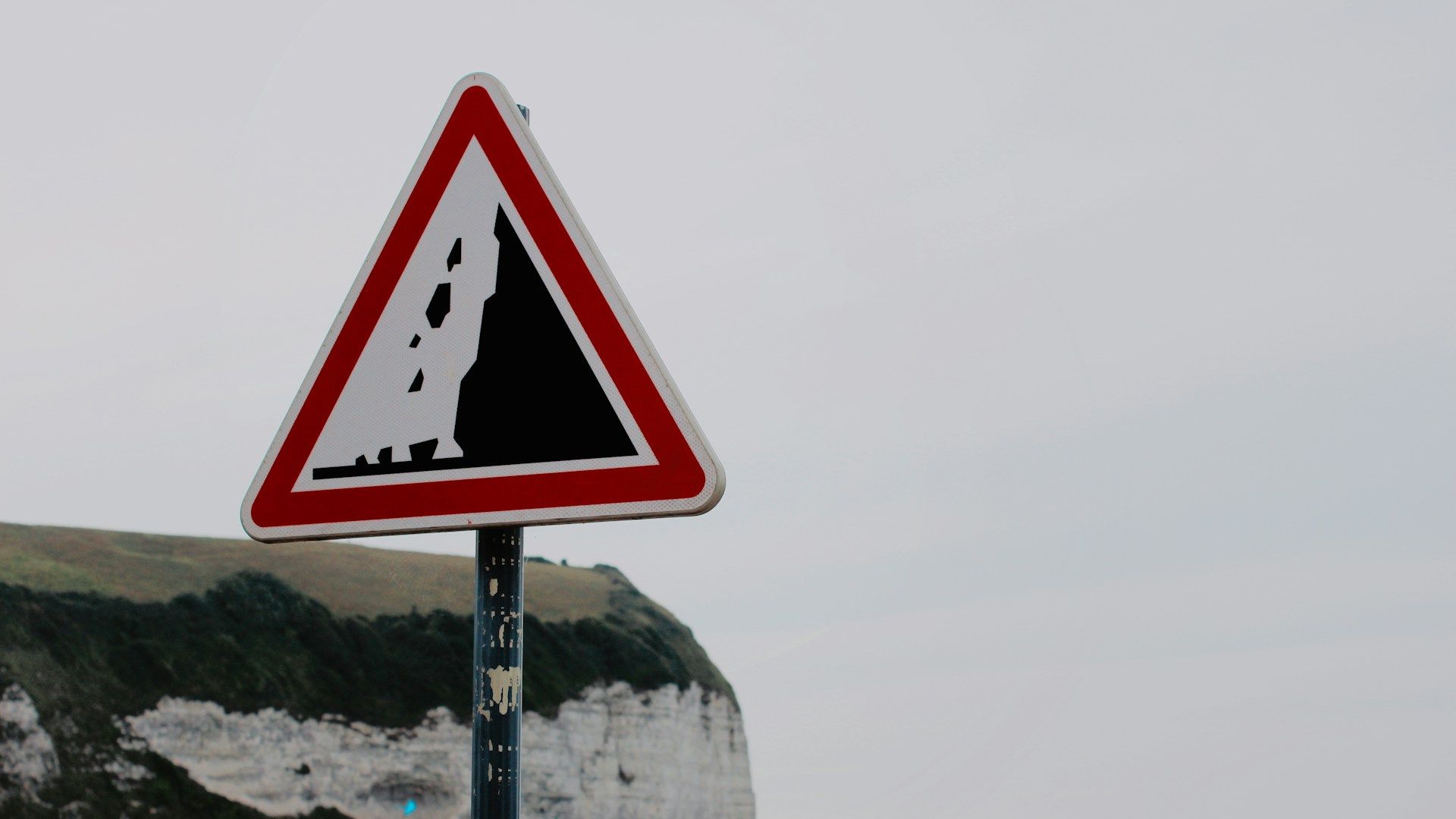
While it is uncertain whether another earthquake will strike the East Coast, it is vital to know how to stay safe.
The USGS says there is a risk of aftershocks for the next few weeks or months. They recommend staying informed and paying attention to emergency messaging from local officials.
Avoid Falling Objects
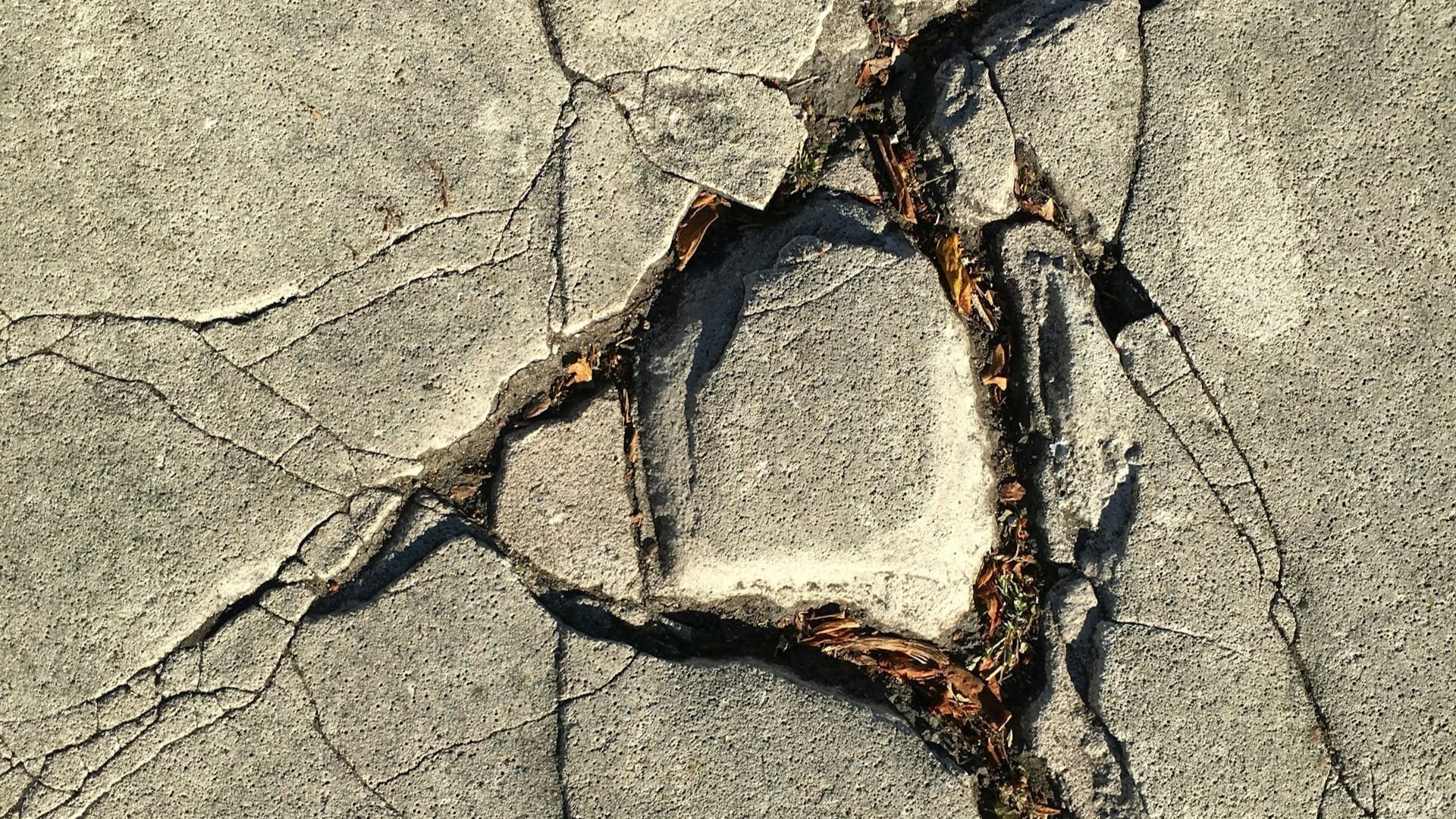
To stay safe from tremors while asleep, it is crucial to remove any furniture or objects that could fall and injure you.
If you feel shaking, drop wherever you are covering your head and neck with one arm. Crawl under a table for shelter and hold onto it.
